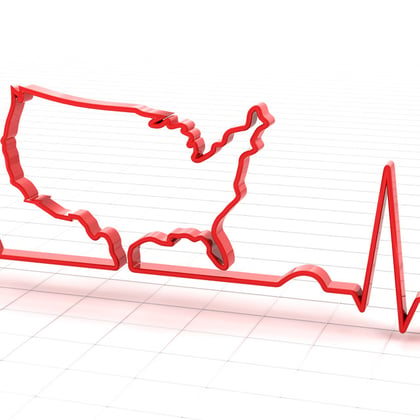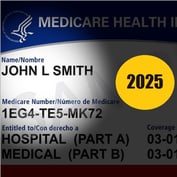What You Need to Know
- New report looks at the wide range of U.S. social insurance programs, including education and workforce development, health, income support, nutrition, and housing.
- These programs are funded by taxpayer dollars, but administered in a number of ways, often through a federal/state partnership.
- Despite the controversy about social insurance programs, the data shows they have had success in a primary goal: reducing poverty.
Are Americans ready for an in-depth discussion of social insurance systems and how to improve them?
At a time of deep partisan divisions and ongoing economic uncertainty, such policy discussions may seem academic to some Americans, but a new report from the Brookings Institution and The Hamilton Project (THP) says that the pandemic’s end and the ongoing debate on big new social spending initiatives should prompt a re-examination the nation’s approach to these programs.
The report, entitled “The social insurance system in the U.S.: Policies to protect workers and their families,” takes a deep look at the wide range of social insurance programs in the U.S., including education and workforce development, health, income support, nutrition, and housing. The authors of the paper looked at how the nation’s social insurance system is organized, how eligibility is determined, and how these programs affect poverty and inequality.
“Nearly everyone in the United States directly benefits from the social insurance system at some point in their lives,” the report noted. “Moreover, everyone indirectly benefits from it —either from knowing the system would be there for them during some unexpected hardship or simply because it helps to support the overall economy.”
A Wide Range of Programs
The report noted that social insurance programs are used for a wide range of social needs, saying: “The social insurance system in the United States, implemented by federal, state, and local government agencies, provides protection against what President Franklin Delano Roosevelt called the vicissitudes of life: disability, the loss of earnings in old age, being laid off, and other setbacks.”
These programs are funded by taxpayer dollars, but administered in a number of ways, often through a federal/state partnership.
One of the biggest areas of social insurance is the area of income support; this includes Social Security, tax credits such as the Child Tax Credit and the Earned Income Tax Credit, and Unemployment Insurance.
Other areas tackle health and nutrition; this includes Medicare, Medicaid, the Affordable Care Act, the Supplemental Nutrition Assistance Program (SNAP), and the Special Supplemental Nutrition Program for Women, Infants, and Children (WIC).









 July 13, 2021 at 10:30 AM
July 13, 2021 at 10:30 AM











